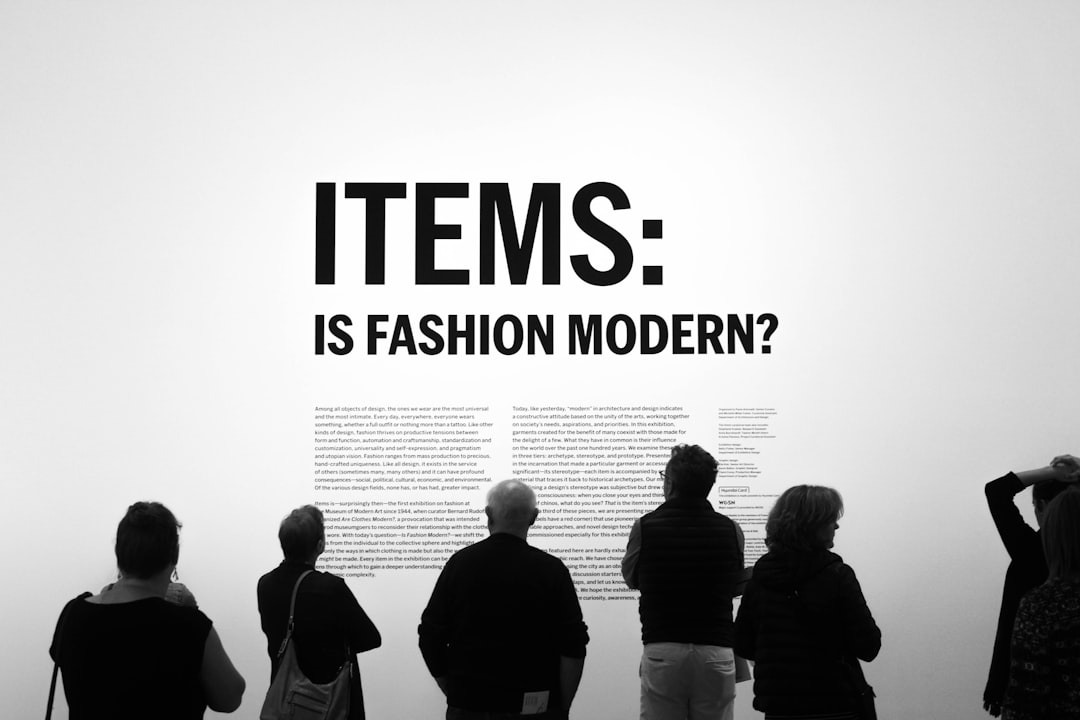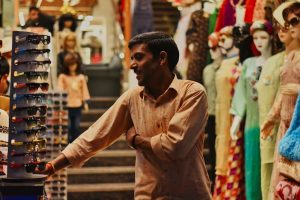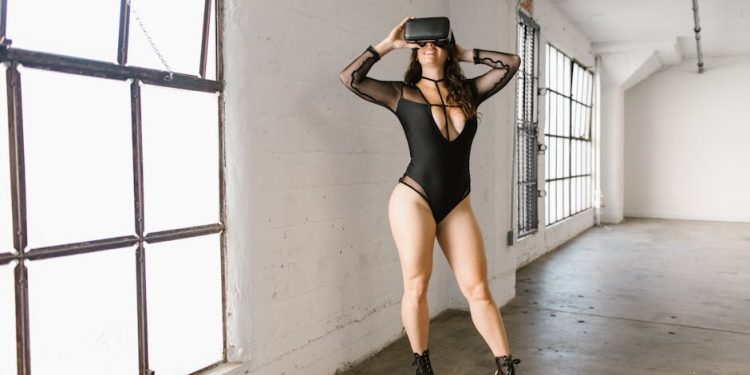No products in the cart.
AI’s Role in Fashion: Insights from Meta, Volvo, and Writers at Work
AI is transforming the fashion industry, with insights from Meta, Volvo, and Writers at Work shedding light on future trends. Discover the innovations shaping your wardrobe.
Seoul, South Korea — As the sun rises over the bustling streets of this fashion capital, a quiet revolution is underway. The fashion industry, long defined by creativity and intuition, is being reshaped by the cold logic of artificial intelligence (AI). Recent discussions led by tech giants like Meta and automotive innovator Volvo, alongside creative minds from Writers at Work, are at the forefront of this transformation. The central theme? Omnichat — a new tool utilizing WhatsApp to integrate AI into the fashion supply chain.
The conversation around AI’s influence on fashion is not merely academic. It is a living, breathing entity that impacts how brands connect with consumers, manage inventory, and even design new products. With the global fashion market projected to reach over $3 trillion by 2030, the stakes are high. The integration of AI is not just an option; it is becoming a necessity for survival in an increasingly competitive landscape.

At the heart of this discussion is a poignant realization: technology and creativity are not mutually exclusive. In fact, they can amplify each other. For instance, AI can analyze consumer data in real-time, offering designers insights into what styles resonate with audiences. This is a far cry from traditional methods where intuition and guesswork reigned supreme. Designers can now create collections tailored to the tastes of their audience, making the process more efficient and less resource-intensive.
 Career
CareerChanging landscape: India’s subpar, ageing malls set for overhaul
India's ageing malls are undergoing a significant overhaul, transforming into mixed-use experiential hubs and creating a wealth of career opportunities…
Meta’s involvement in this dialogue is particularly noteworthy. The tech giant is leveraging its vast data ecosystem to provide fashion brands with tools that enhance customer engagement through personalized marketing. Imagine receiving a WhatsApp message tailored just for you, featuring clothing styles that match your unique preferences. This level of personalization is not a distant dream; it is happening now, and it is changing the way brands approach their consumers.
This is a far cry from traditional methods where intuition and guesswork reigned supreme.
Volvo’s participation adds another layer of intrigue to the equation. Known for its innovation in the automotive industry, the company is now exploring how its technological capabilities can cross-pollinate with fashion. For instance, the integration of AI in vehicle design parallels its application in clothing. Both industries are grappling with the challenge of sustainability. Just as Volvo seeks to reduce its carbon footprint, fashion brands are beginning to embrace AI as a means to minimize waste in their production processes.
But it’s not all smooth sailing. The rise of AI in fashion also raises significant ethical questions. As brands become increasingly reliant on data analytics, the risk of alienating consumers grows. Many shoppers value authenticity and the human touch in their interactions. If brands lean too heavily on technology, they may inadvertently create a barrier between themselves and their customers.
 Communication
CommunicationHow to Build High-Value Projects That Attract Recruiters in 2025
Unlock the secrets to creating high-value projects that appeal to recruiters in 2025. Learn how to stand out in the…
Read More →Moreover, the gig economy is also reshaping the workforce in fashion. Freelancers and contract workers are now essential to the ecosystem, providing flexibility that traditional employment structures cannot match. This shift presents both opportunities and challenges. While it allows for a diverse range of voices in the design process, it also complicates the relationship between brands and their workers. The balance between leveraging technology and nurturing human creativity is delicate and must be approached with care.
As we look to the future, it’s clear that the integration of AI into the fashion industry is not just a trend; it is the beginning of a new era. The potential for innovation is immense. Imagine a world where AI can predict fashion trends with pinpoint accuracy, where sustainability is baked into the design process, and where every consumer feels a personal connection to the brands they love. This is not merely a fantasy; it is a possibility within our reach.
Freelancers and contract workers are now essential to the ecosystem, providing flexibility that traditional employment structures cannot match.
For young professionals entering the fashion industry, the message is clear: embrace technology. Those who can harness the power of AI while maintaining the core values of creativity and authenticity will lead the charge into this new frontier. The future of fashion is not a battle between man and machine; it is a collaboration that promises to elevate the industry to new heights.
 Digital Wellness
Digital WellnessThe Digital Dilemma: How Technology is Reshaping Memory
Digital tools are reshaping human memory and cognition. This analysis explores neuroscience findings and implications for our future.
Read More →










